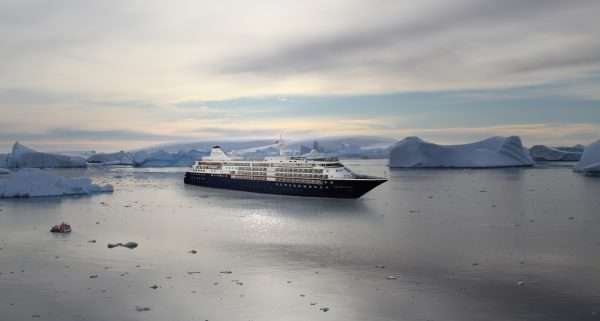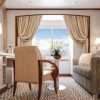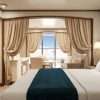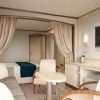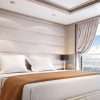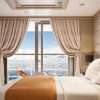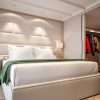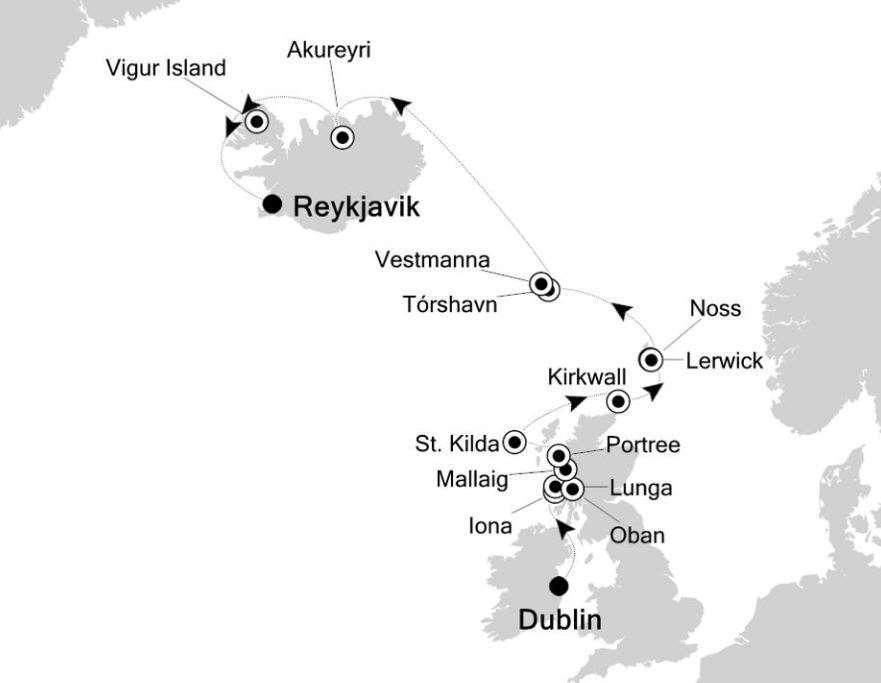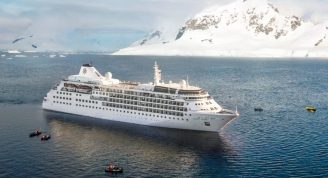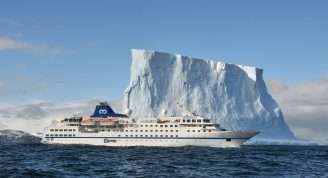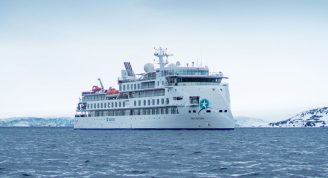Description
Experience how different and yet how beautiful three countries can be on this journey through Scotland, the Faroe Islands and Iceland. We will sail from Ireland’s capital to Iceland’s capital, Dublin to Reykjavik, with stops in Scotland and the Faroe Islands. The voyage starts with Iona and Lunga in Scotland and seeing the UNESCO World Heritage site of St. Kilda. Via the Orkneys and Shetland Islands with their UNESCO World Heritage Sites we head for the Faroe Islands and Iceland, looking for puffins, gannets and guillemots. In Iceland there will be time to explore the volcanic landscapes and to watch for whales. Throughout the voyage, learn about the history, geology, wildlife and botany of these naturally beautiful locations from lecture presentations offered by your knowledgeable onboard Expedition Team.


